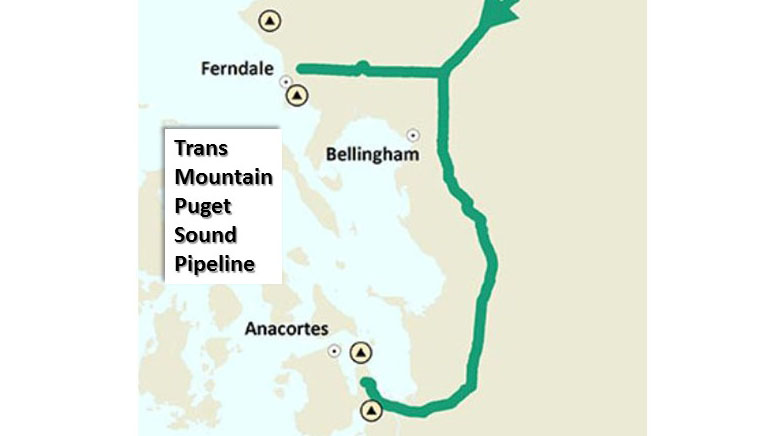The Department of Ecology has required a revised oil spill response plan for the Washington spur of the Trans Mountain Puget Sound Pipeline that is more protective of Puget Sound and declining populations of orcas.
The improvements came after Ecology found deficiencies in an earlier version of the plan submitted in September.
The pipeline poses a risk to Puget Sound because it crosses the Nooksack River twice, the Samish River, Swinomish Channel, and many creeks along the east side of Padilla Bay.
As part of the new requirements, Trans Mountain will follow procedures and systems in the Northwest Area Contingency Plan, a locally tailored part of a national framework that guides how the Northwest responds to oil and hazardous material spills. In the event of a spill, the plan guides responders to watch for orcas and herd them away.
The revised plan also reflects directives of the Washington state Legislature and includes:
- Additional procedures and systems to better respond to non-floating oils that align with Washington state law and regional policies, tools, and guidance.
- Specifics about an approved contractor that can provide Trans Mountain with specialized equipment to assess, contain, and recover non-floating oils.
- Better identification of salmon and other resources at risk during a spill.
The state required a new plan because ownership of the pipeline transferred to the federal Canadian government. New owners and operators are required by law to have a new spill response plan.
The pipeline serves refineries in Anacortes and Ferndale.


